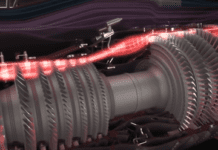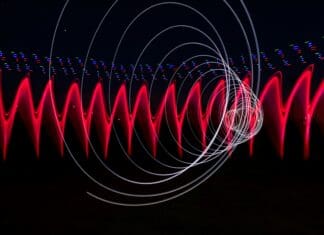This post is also available in:
 עברית (Hebrew)
עברית (Hebrew)
The ability to provide a “volcano forecast” could help reduce the significant health, safety, and even economic impacts of eruptions. Sending researchers on foot or piloted aircraft to survey volcanoes up close can be dangerous and costly. It’s also just not realistic to do for a large number of volcanoes on a regular basis.
But a sophisticated unmanned aerial vehicle could do the job, if it could fly beyond the visual line of sight of its operators (BVLOS).
With flights to Makushin Volcano in Alaska’s Aleutian Islands in September 2021, a group of US federal scientists and industry engineers demonstrated the UAV could successfully fly without its pilots’ eyes on the aircraft. This was one of the first ever examples of true beyond line-of-sight flights with UAV not using a string of observers or ground-based radar. The drone was specially designed for scientific uses in challenging environments – and then upgraded to become an airborne volcano-observing platform.
A long-term collaboration between NASA and Black Swift Technologies resulted in the S2 UAV, which made the recent groundbreaking flights in Alaska.
The rugged UAV was equipped with a gas-sensing payload to look for signs of volcanic unrest. When the U.S. Geological Survey joined the partnership a few years in, they brought an even more capable payload to detect additional gases and collect visual and thermal images.
The development was supported in part by NASA’s Small Business Innovation Research and Small Business Technology Transfer program.
During the demonstration, the team flew four BVLOS missions to Makushin Volcano, 15 miles away. The S2 relied on its autonomous systems and a programmed flight plan to reach the summit, where the aircraft captured high-resolution visible-light and thermal images. The team’s scientists confirmed they could use these to detect changes in physical features that indicate volcanic activity changing underground. The flights also demonstrated the capacity of sensors aboard the aircraft to detect gases that may signal changes in activity brewing in the volcano’s depths, according to nasa.gov.


























